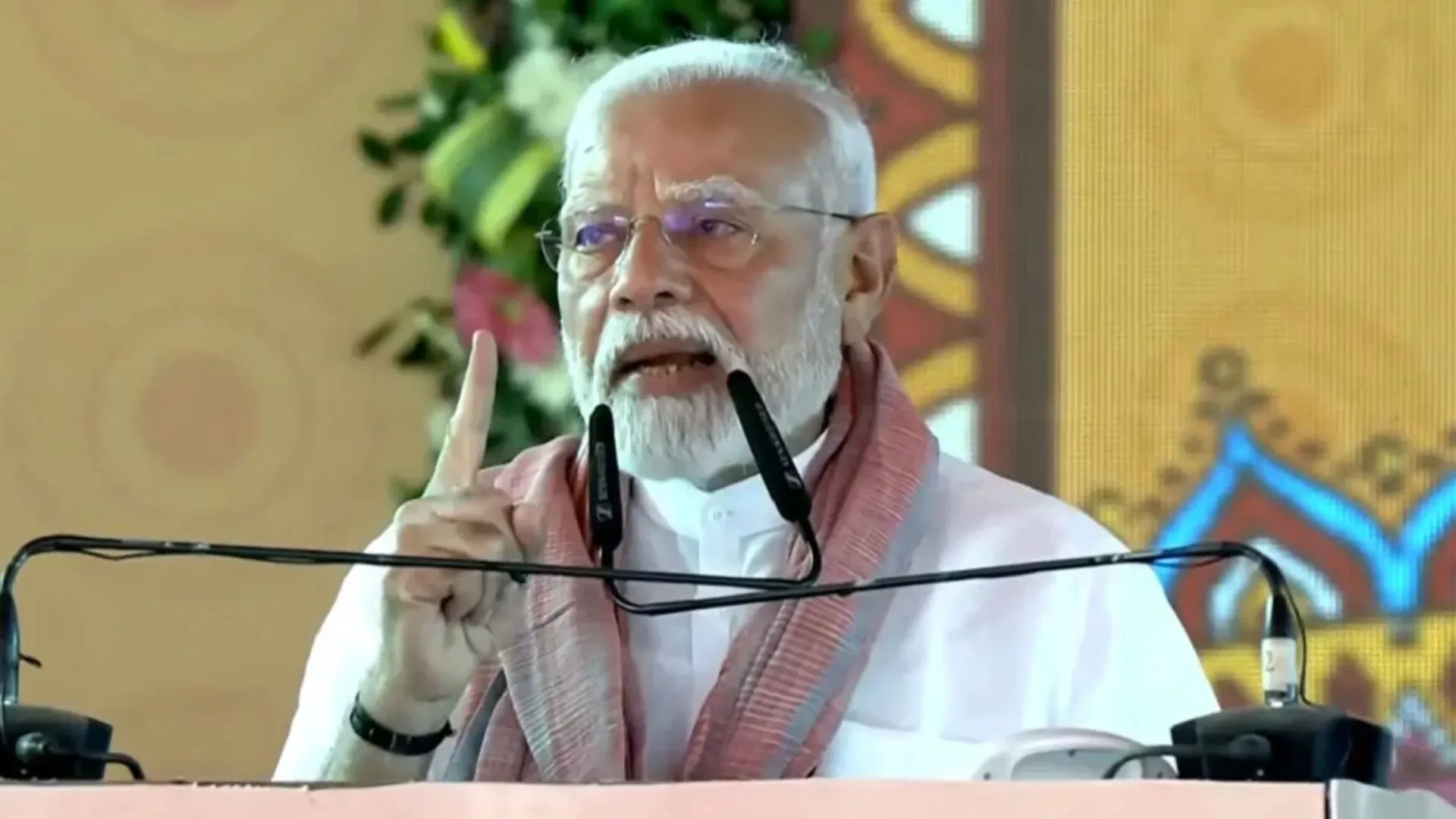Amid rising tensions surrounding historical monuments, Yakub Habeebuddin Tucy, who claims lineage from the last Mughal emperor Bahadur Shah Zafar, has written to United Nations Secretary-General António Guterres, urging him to intervene in the protection of Mughal emperor Aurangzeb’s tomb located in Maharashtra’s Chhatrapati Sambhajinagar (formerly Aurangabad).
In his formal appeal, Tucy described himself as the caretaker of the Waqf land on which the tomb is situated, and stressed that the site holds national significance under the Ancient Monuments and Archaeological Sites and Remains Act of 1958. The monument, he emphasized, is already notified as a ‘Monument of National Importance’ and therefore merits strict legal protection from any damage, alteration, or encroachment.
Tucy’s letter arrives weeks after communal unrest in Nagpur, where groups demanded the removal of Aurangzeb’s grave. The protests turned violent, with reports of stone-pelting and allegations of a holy book being desecrated. In the aftermath, over 90 individuals were arrested, but the unease surrounding the historical tomb has continued to simmer.
Citing growing hostility around the monument, Tucy appealed for UN oversight, invoking international conventions on cultural heritage protection, including India’s obligations under the UNESCO 1972 Convention Concerning the Protection of the World Cultural and Natural Heritage. He argued that the site’s historic and cultural value must not fall prey to present-day political and communal sentiment.
“Symbolic Aggression and Historical Distortion”
The letter also took aim at what Tucy described as “distortions of historical fact” in popular culture — including films, television, and social media — which, according to him, have incited public anger against Mughal-era figures. He warned that such portrayals were fueling hate campaigns and acts of symbolic aggression, including the burning of effigies and repeated demands to raze historical sites.
He called for the deployment of security personnel at the tomb, stating that the protection of monuments is not just a national responsibility but an international obligation. “Cultural heritage belongs to all of humanity,” he said in his letter, “and protecting it is essential not only for preserving history but also for ensuring intergenerational understanding.”
Legal Standing and Broader Implications
Under Indian law, any form of unauthorised modification or destruction of a protected monument is punishable, and Tucy stressed that no group or authority can act outside the legal framework, regardless of public pressure. He urged the UN Secretary-General’s office to formally communicate with the Indian government and the Archaeological Survey of India (ASI), recommending increased protection and a reaffirmation of commitment to international cultural laws.























